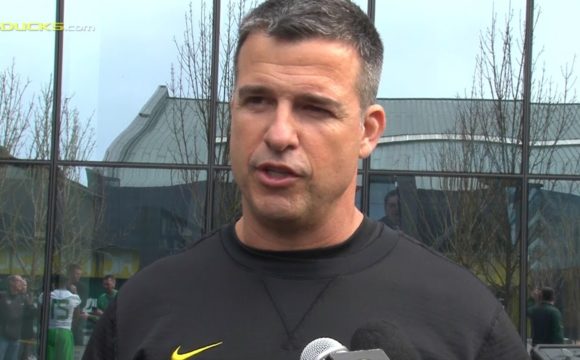This week Rivals spoke with some recruits to get their understanding about how the new early signing period might benefit them. Of the small sample size, the results were innocuous. Some did not even know there was a new rule, others saw little to no benefit. The truth is that it can be a blessing and a curse.
Blessing for who?
Every year we hear a story (there are hundreds of them across the nation) of players who receive their ‘dream offer’ they commit early and work hard to be a recruiter for their ‘dream school.’ Then something happens, a player the coach has rated higher comes along and shows interest. Player A, who has already shut down his recruiting is told he no longer has an offer. When this happens in January, the player can be left scrambling to find somewhere with an open spot.
Had there been an early signing period, maybe he would have already had his spot locked in and he would have been safe. This happens a lot more than people want to admit; and it is not simply an Alabama, Michigan, Ohio State issue; all schools do this and it can be very frustrating to the young men who have very little power in the recruiting relationship.
So yes, for those players who might be rated a bit lower, they avoid being marginalized by a higher rated prospect at the last minute and losing their spot. While a national letter of intent binds the young man to the school, it also binds the school to the young man. With four-year guaranteed scholarships, that means coaches won’t be sending out early NLI’s to prospects that might be losing their committed spot. See the next benefit? That young man who thinks he has a spot will get a much earlier awakening when he does not get the early NLI to sign.
Should a player get that early NLI and sign it – a couple of things happen for him. First, other schools must, by NCAA regulation, cease contact with a signed recruit. Right before the holiday season this can be a tremendous weight off the young man’s shoulders. No more phone calls, no more visits. It’s all over and the young man can focus on the last few months of high school and getting prepared for college.
In addition, with a signed NLI, the school can begin assisting that transition with workout plans, playbooks, etc. So, yes, there are benefits.
At what cost?
This is where the problem lay in the early signing period. When a player commits, despite what the NLI site suggests as proper reasoning, the prospects are typically committing to the coach and not the university. So, what happens when the coach leaves for a ‘bigger’ program? A prospect who has already signed the NLI is still bound to the school – and the school him; but the young man might now be committed to playing somewhere he might not be happy.
This is a difficult and fine line on which he treads. Yes, he still has a spot, but if he wants to go back and re-examine his options, he must first get released from his NLI, and then he will be subject to the ‘double whammy’ rule in college football. All transfers, except graduate transfers, must sit out one season upon arrival at the new institution. But those who have a signed NLI not only have to sit out a year at their new institution, they will also only have three-to-play-three once they have sat out that year. In effect, they lose two years of eligibility. There is something wrong with how that works.
This is where the arcane nature of some NCAA rules needs redevelopment. I think we need to accept the reality that many prospects choose to play for a coach; it is why the coaches and staffs do the recruiting not the athletic director and university president. If they are recruited by the staff, and they have already signed a NLI, they should have the option to have their NLI revoked without restriction. None. That means a kid who signed with Auburn early should be allowed to go to Alabama if Auburn fires its coach after that early signing period.
It is a simple rule change, but I think one that needs to be taken up immediately by the NCAA. The organization claims to have a passion for the student-athlete. I have been very complementary of their many changes which have improved the overall experience of the student-athlete; it is time to be critical though. This change seems driven by the needs of the coaches and takes little concern for how it might impact the prospects.
That should be rectified as soon as possible.


